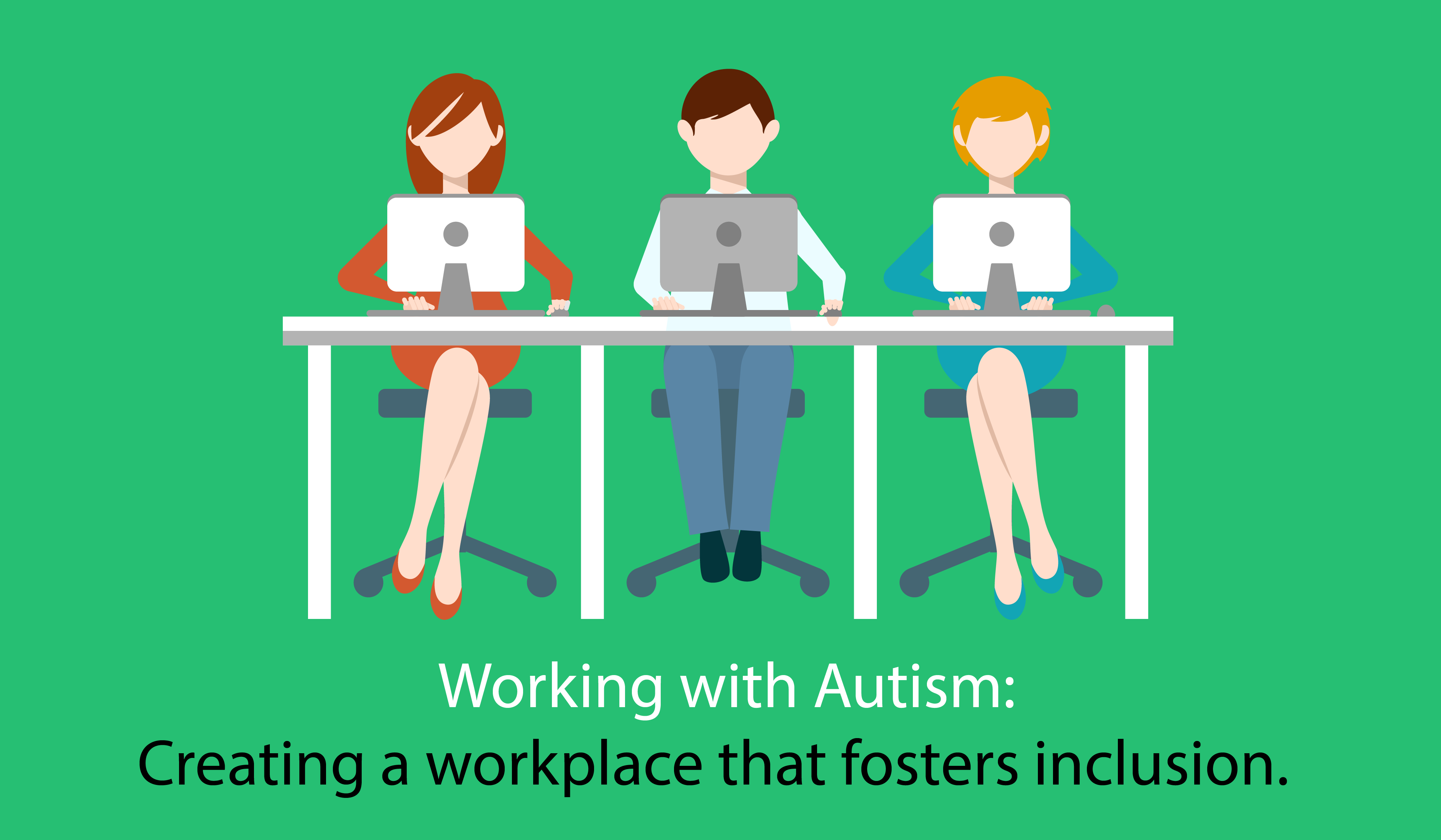
Understanding the autism spectrum enables a supportive workplace to be truly inclusive when working with an employee with autism.
Last week we explored how the autism spectrum is defined and how varying levels of the spectrum affect all people differently.
Building on this knowledge we can look at steps that an employer and co-workers can take to help grow a highly desirable culture; built around diversity and inclusion.
- When giving instructions of work tasks make sure that they are specific and direct. Giving directions that describe the whole job from start to finish with no ambiguities is going to assist greatly. Providing written instructions can be helpful to for him/her to understand and complete the task.
- Make sure the prescribed work (or at least individual tasks) is well-structured. Ensure that you are working with the employee to create timesheets, timetables to help them structure their time. It may also be beneficial to assist in breaking down big tasks into smaller tasks.
- Provide Feedback. When providing feedback it needs to be constructive and consistent. If the individual has made a mistake, explain clearly why it is incorrect and how to rectify this. Being sensitive and demonstrating understanding when providing feedback is also very important.
- Performance Review: Performance reviews need to be conducted with the employee regularly where feedback, discussions and overall comments on performance can be given.
- Buddying the employee with a colleague may yield good results for the employee. If the buddy has an understanding of the situation and can provide support and guidance needed to assist in settling into the workplace. Most workplaces have this practice already implemented however if it is not a supportive employer should look at implementing.
- Understanding that each person with autism is incredibly different and need to be accommodated in different ways. Allowing the employee to take breaks, wear headphones, limiting the light in the environment around them may assist them in their integration into your workplace.
- Be aware that eye contact can overload the employee’s sensory system and do not misinterpret a lack of eye contact as disrespect or inattention. (Primary Source)
Another great resouce for working with Autism comes from The Organisation for Autism Research. They have created a fantastic resource that explains many different ways to work harmoniously with an employee who has autism. Click here to download.
Working with individuals with disabilities has many benefits for organisations and we will be exploring this in the next installment of Techwares disability series.
